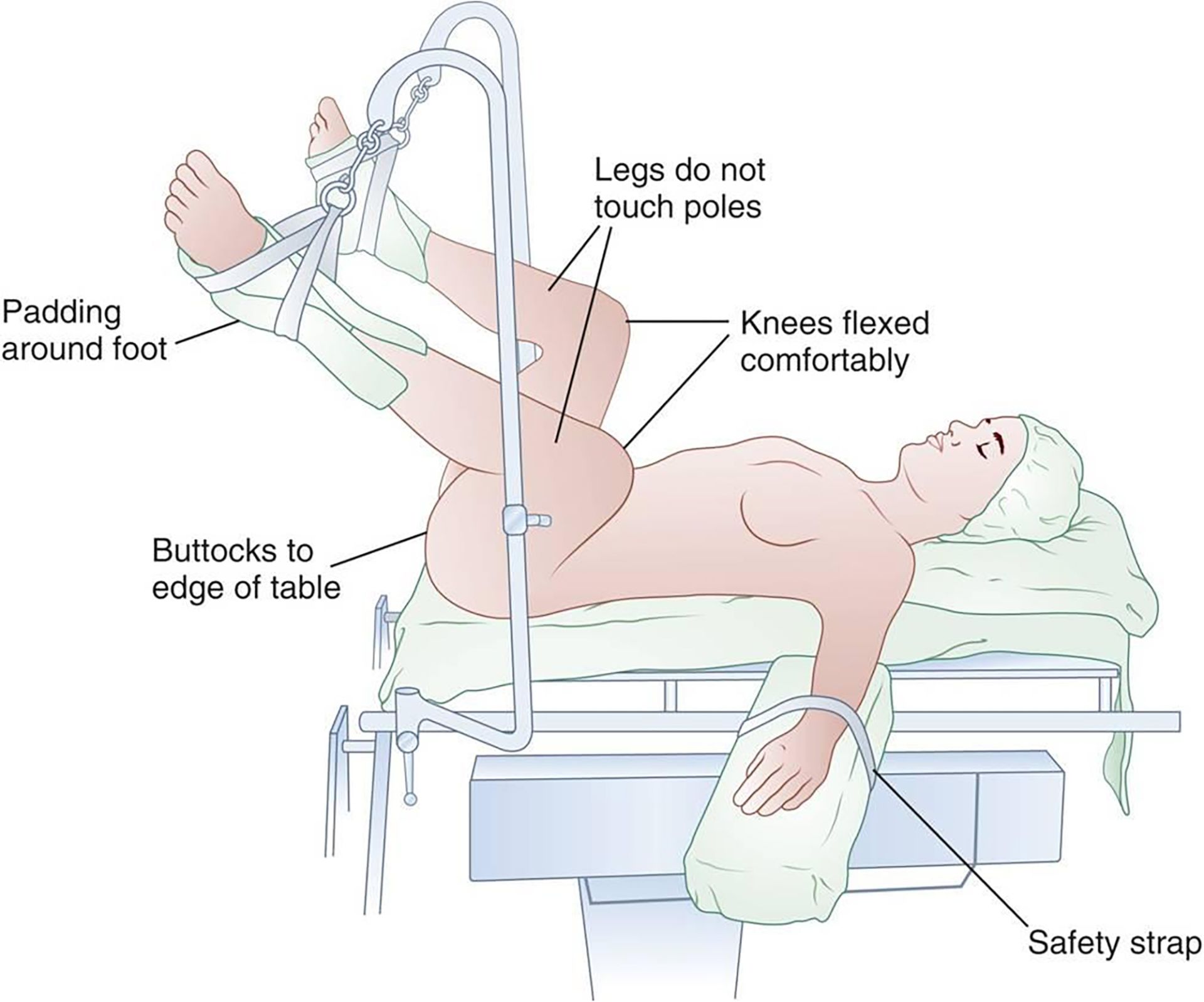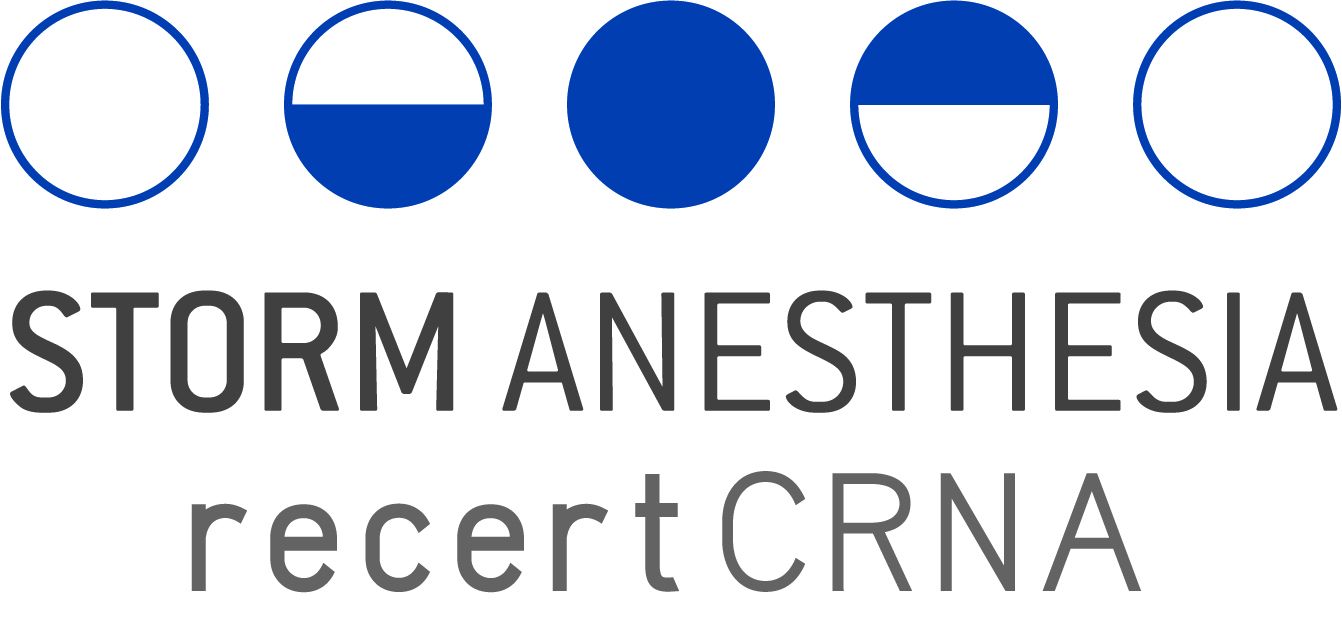Lithotomy Positioning
Lithotomy
This position is used for procedures requiring access to any perineal structure, such as gynecological, rectal, and urologic surgeries.
The hips are flexed anywhere from 80-100 degrees, the lower legs parallel to the body. The legs can be placed in straps, stirrups, or suspended in boots. And the legs can be in a low, high or exaggerated position. The higher the legs the greater the gradient for perfusion of the feet. There is a high risk of neurological and vascular complications.
When placing the legs in stirrups or taking them out of stirrups, both legs should be elevated and flexed at the hip simultaneously to prevent hip dislocation or postoperative back and hip pain.
The hips are flexed anywhere from 80-100 degrees, the lower legs parallel to the body. The legs can be placed in straps, stirrups, or suspended in boots. And the legs can be in a low, high or exaggerated position. The higher the legs the greater the gradient for perfusion of the feet. There is a high risk of neurological and vascular complications.
When placing the legs in stirrups or taking them out of stirrups, both legs should be elevated and flexed at the hip simultaneously to prevent hip dislocation or postoperative back and hip pain.

Nerve/vessel considerations
- Common peroneal nerve injury - most common nerve injury with lithotomy position (Foot drop, lower-extremity parasthesia)
- Femoral nerve or lumbosacral plexus stretch injuries caused by acute abduction and external rotation of the hips
- Arterial or venous occlusion and nerve injury from flexion of hips >90 degrees can cause kinking or compression of femoral neurovascular structures
- Obstruction of the popliteal vein and impedance of venous outflow due to extreme flexion of knee
- Risk of fascial compartment syndrome
- Ischemia, hypoxic edema, elevated tissue pressure, and rhabdomyolysis
- Compromise of the vascular structures in the popliteal space from leg holders supporting the leg under the knee
- Risk of brachial plexus injury if supination of hand with arm >90 degrees
- Possible finger injury when hands tucked with manipulation of the foot of the bed. Consider arms to side with padding if possible or wrap hands

